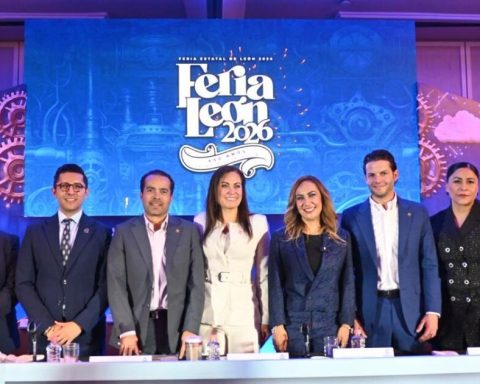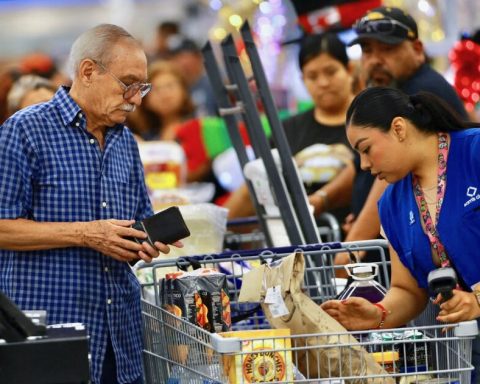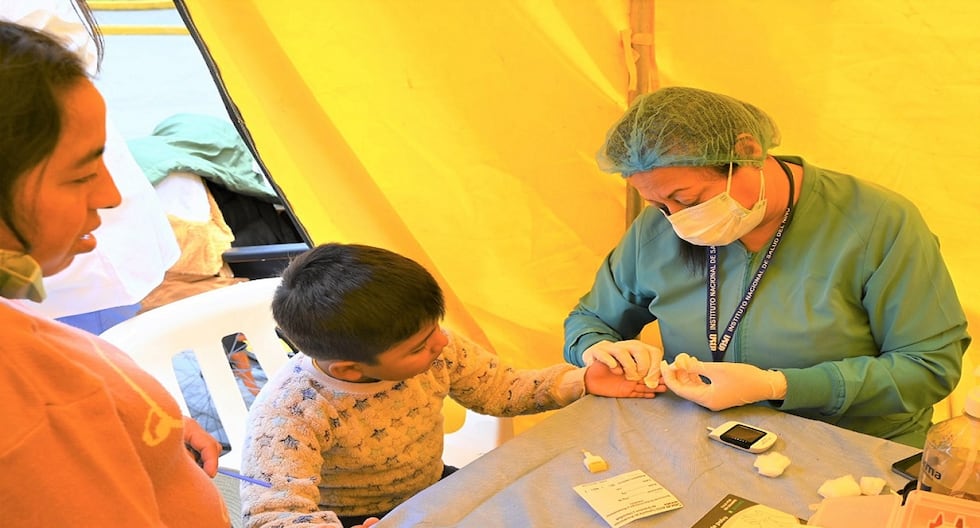Currently, of the spaces for the care of the elderly, 109 are nursing homes – 20 public and 89 private – while 97 are care centers for the elderly.
Meanwhile, of the 6,060 public and private establishments that provide care services in the capital, only 3.4% (234) are aimed at older adults. This means that there is one care space for every 4,367 elderly people, according to data from the Care Observatory of the National Women’s Institute (Inmujeres).
In contrast, there is one daycare center for every 212 boys and girls in the capital.
Hence the challenge of identifying which areas require more attention. In this sense, the municipalities with the highest concentration of inhabitants aged 65 and over are Coyoacán, with 14.7% of its residents (90,448 people); Benito Juárez, with 14.2% (61,593 people) and Azcapotzalco, with 12.7% (54,863 people).
Furthermore, the municipalities contrast in the potential demand for care for people aged 65 and older. In Iztacalco there is one care space for every 9,815 elderly people; In Tláhuac the demand is much greater, since there is one care space for every 399 older adults.
The demand for care for older adults could grow in the coming years, since by 2030 it is projected that 21 out of every 100 inhabitants of Mexico City will be 60 years old or older, according to the National Population Council (Conapo).
















